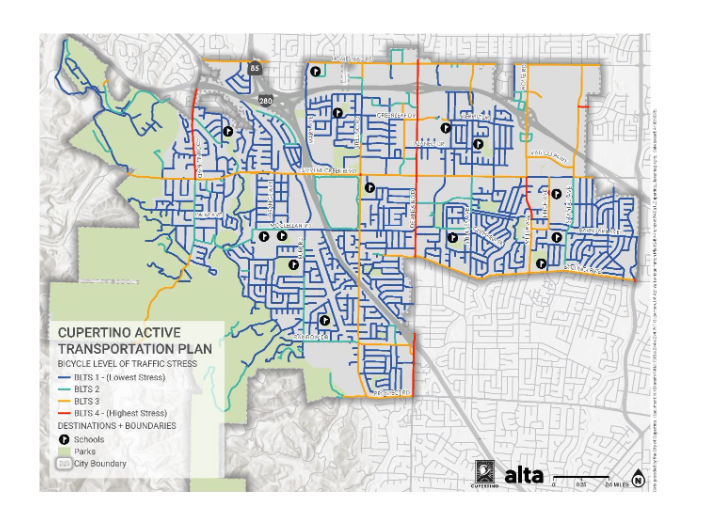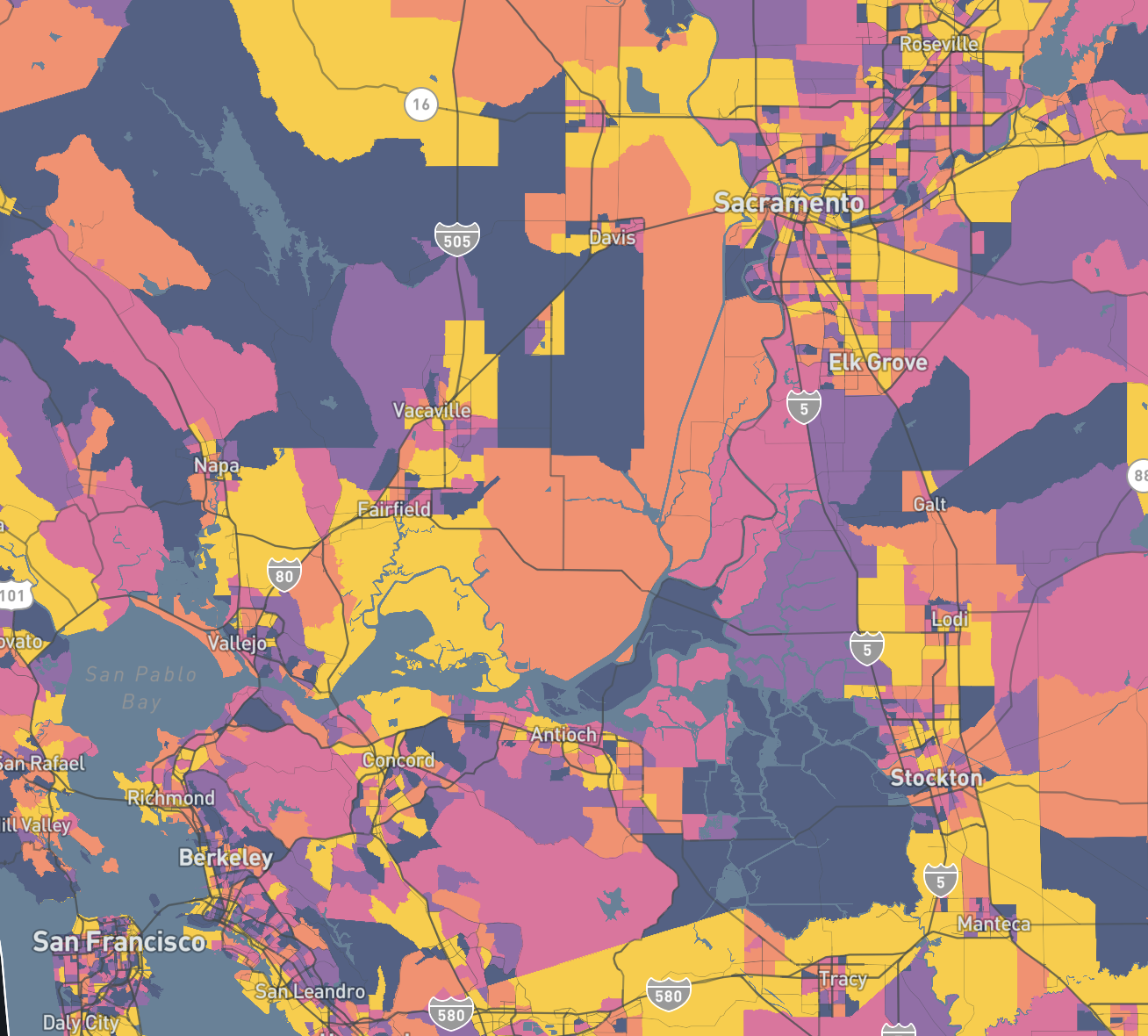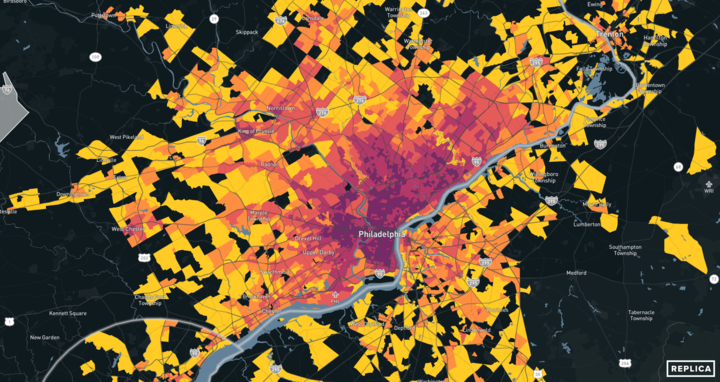For the second time in six months, an American city faces life without one of its busiest interstate highways. The closure of I-10 in Los Angeles will force over 300,000 Angelenos to find alternate routes to school and work, increase congestion and greenhouse gas emissions in surrounding neighborhoods, and upend a vital freight corridor that sees over 13,000 daily truck trips.
Those numbers themselves may be staggering, but to truly understand the human impact of the closure, it’s important to understand the characteristics of the 300,000 travelers who rely on this critical stretch of infrastructure. What are the demographic and socioeconomic characteristics of I-10 trip makers? Where are these trips coming from and going to, and for what purpose? Will the I-10 closure put even greater strain on disadvantaged communities across Southern California?
Replica can help answer these important contextual questions and can provide planners and policy-makers the tools they need to better understand the closure through the equity lens.
Leveraging Replica data for a typical weekday in the Spring of 2023, we see that travelers who use the impacted section of I-10 already face some of the longest commutes in the country, have lower levels of education, are less likely to be home owners, and majority non-English speakers. The full equity profile below sheds additional light on who is most impacted by this serious disruption in Los Angeles’s transportation network.
Home Location of I-10 Trip Takers

Commuters who use this stretch of I-10 to get to work face some of the longest commutes in the United States with an average trip duration of 53 minutes and trip distance of 30 miles during the morning commute.

- Trip makers are more likely to speak a language other than English at home with Spanish (53%) and Asian Pacific (13%) languages such as Chinese, Japanese and Korean, as the most common languages
- Trip-makers reflect the diversity of Los Angeles and Southern California, with Hispanic/Latino (57%), White (19%), and Asian (16%) being the most represented groups who travel this section of interstate.

- I-10 trip makers are more likely to be renters than homeowners.
- I-10 Corridor trip-maker have a wide range of education levels with some college and high school diploma being most prevalent.

The data shows that this closure of I-10 will be felt more acutely by individuals facing significant transportation burdens and will further exacerbate existing inequity in Southern California.
Whether addressing the challenges posed by a sudden transportation disruption, or coordinating a scheduled shutdown for construction and maintenance, detailed demographic data can help policymakers, planners and operators better understand who is most impacted and how to best support communities who may bear the brunt of the disruption.
Reach out if you’d like to work with Replica to get a similar demographic profile on a major corridor in your jurisdiction.








